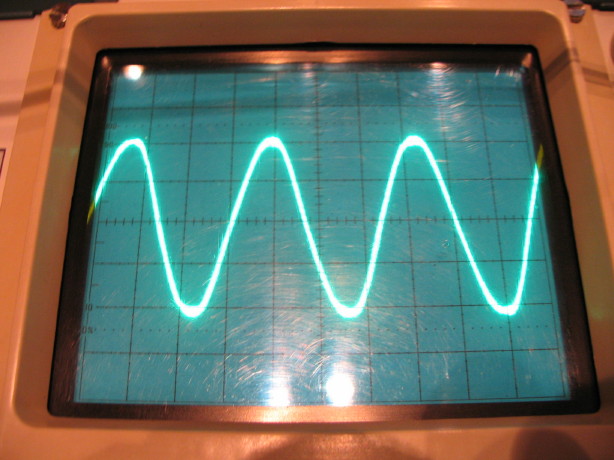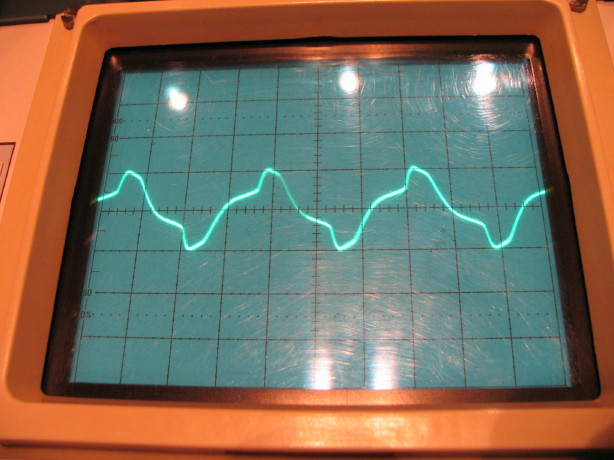sweetbeats
Reel deep thoughts...
Rough day...I need help.
Rough day as far as progress on the MM-1000.
I got the last cap installed in the 24V supply last night, and then today powered it up to see how things looked.
Still not really sure what happened or how it happened, but I got an arc, and it now seems that the output from the rectifier is messy.
I'm not trusting my scope either (and/or my abilities to be using it right).
I kept the output cable from the supply unplugged so the supply was isolated and had the supply sitting on the floor outside of the MM-1000 console.
So here's what happened:
I powered up the Ampex and then took my Fluke DMM and measured the output at the output connector. I was getting 19VAC. I later realized that I had forgotten that the output connector not only carries the regulated 24VDC power but also 120VAC pass-through...not sure what pins I had the DMM on so I guess that bit is not very useful.
Anyway, confused I turned on the scope and went to put the ground lead of my probe on what I thought was one of the 24VDC ground reference pins and *ZSSHNNNAP!*
The breaker on the Ampex kicked off quick. Fuse still good in the 24VDC supply.
The little metal pin I had clipped in the ground lead was all melty...lotsa black on the clip. The breaker kicking over saved the pin from being welded to the connector in the output socket.
What I do know: the 24VDC PSU output pin to which I touched the ground lead on the scope probe was actually the hot leg of the 120VAC pass-through.
I also know I was stupid not to have the 24VDC supply chassis grounded. It gets grounded when mounted in the console but as I mentioned I had it sitting on the floor.
For subsequent testing I had 12AWG solid copper wire coupling the PSU chassis to the MM-1000 console.
So the ground clip took a hit but when I opened the PSU chassis up I saw what also happened inside...that 120VAC hot leg arced to the ground lug inside as well as the chassis frame close to the ground lug.
Here is the ground lug...you can see the blackened crimp ring on the ground terminal and the black spots on the chassis close to the ground lug:
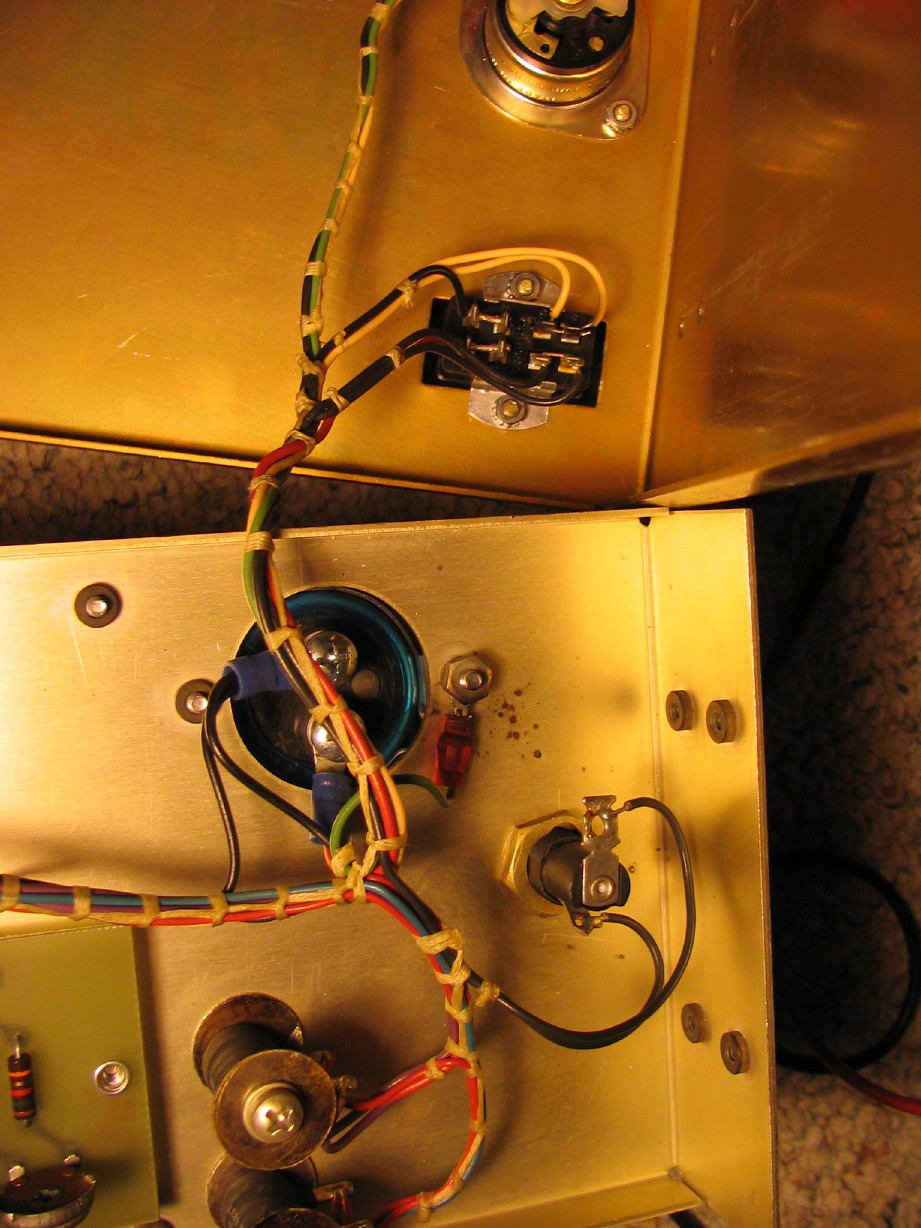
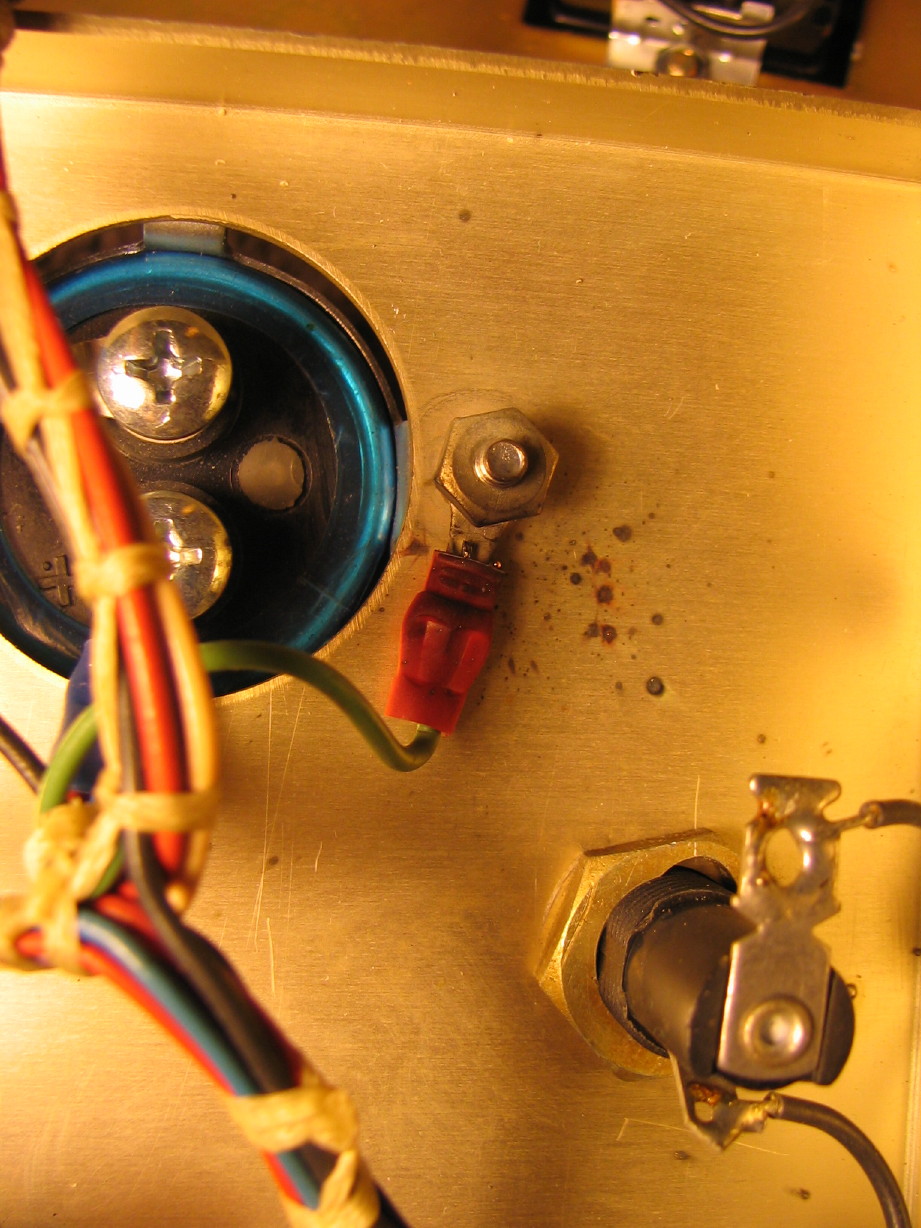
So I'm just lost as to what caused this to happen...can anybody help me with that?
After properly grounding the PSU chassis I disconnected the output of the main transformer at the rectifier and measured 28~29VAC which is normal. I then connected the transformer output to the rectifier and disconnected the output terminals of the rectifier (to keep it isolated) and I've got all kinds of whacky AC and DC wave forms...its a mess. Its a 400V rectifier so I just don't understand why it would be shot but I think it is.
Here is the AC waveform at 5ms TIME/DIV and 10 VOLTS/DIV (and understand that there shouldn't be any AC voltage at the output of the rectifier):
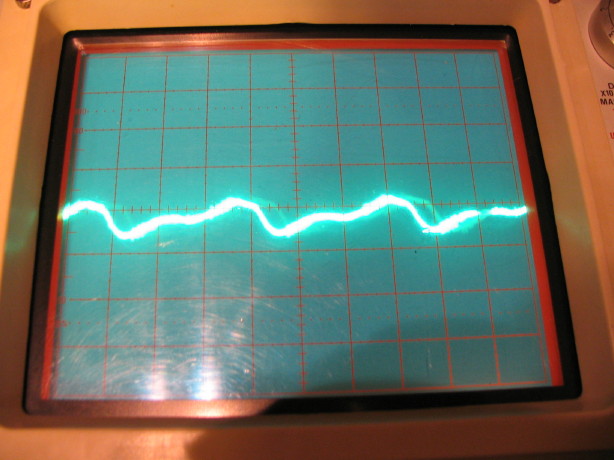
And here is the DC waveform also at 5ms TIME/DIV and 10 VOLTS/DIV (and the "waveform" should be a flat line at about 2.4 divisions off of the origin on the Y axis):

But here is another thing that's making me nervous...I'm wondering if something isn't wrong with my scope now. Here is what the AC waveform looks like straight off the mains power at 5ms TIME/DIV and 50 VOLTS/DIV...if I'm reading that right that is over 300VAC but I know its not because my Fluke meter and the LED voltmeter on my power distribution unit both say 118:
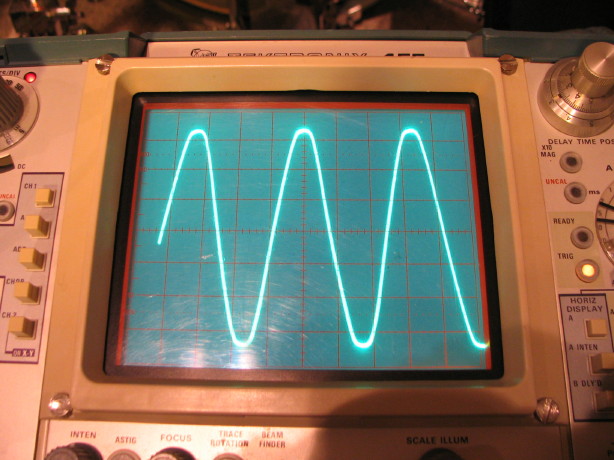
I know this is asking a lot but can anybody help or at least ask questions that will trigger more thinking about this? I need to know what happened and whether or not the rectifier is toast and my brain is slow ATM.
Oh, also, here is the schematic for the 24VDC supply...
Rough day as far as progress on the MM-1000.
I got the last cap installed in the 24V supply last night, and then today powered it up to see how things looked.
Still not really sure what happened or how it happened, but I got an arc, and it now seems that the output from the rectifier is messy.
I'm not trusting my scope either (and/or my abilities to be using it right).
I kept the output cable from the supply unplugged so the supply was isolated and had the supply sitting on the floor outside of the MM-1000 console.
So here's what happened:
I powered up the Ampex and then took my Fluke DMM and measured the output at the output connector. I was getting 19VAC. I later realized that I had forgotten that the output connector not only carries the regulated 24VDC power but also 120VAC pass-through...not sure what pins I had the DMM on so I guess that bit is not very useful.
Anyway, confused I turned on the scope and went to put the ground lead of my probe on what I thought was one of the 24VDC ground reference pins and *ZSSHNNNAP!*
The breaker on the Ampex kicked off quick. Fuse still good in the 24VDC supply.
The little metal pin I had clipped in the ground lead was all melty...lotsa black on the clip. The breaker kicking over saved the pin from being welded to the connector in the output socket.
What I do know: the 24VDC PSU output pin to which I touched the ground lead on the scope probe was actually the hot leg of the 120VAC pass-through.
I also know I was stupid not to have the 24VDC supply chassis grounded. It gets grounded when mounted in the console but as I mentioned I had it sitting on the floor.
For subsequent testing I had 12AWG solid copper wire coupling the PSU chassis to the MM-1000 console.
So the ground clip took a hit but when I opened the PSU chassis up I saw what also happened inside...that 120VAC hot leg arced to the ground lug inside as well as the chassis frame close to the ground lug.
Here is the ground lug...you can see the blackened crimp ring on the ground terminal and the black spots on the chassis close to the ground lug:


So I'm just lost as to what caused this to happen...can anybody help me with that?
After properly grounding the PSU chassis I disconnected the output of the main transformer at the rectifier and measured 28~29VAC which is normal. I then connected the transformer output to the rectifier and disconnected the output terminals of the rectifier (to keep it isolated) and I've got all kinds of whacky AC and DC wave forms...its a mess. Its a 400V rectifier so I just don't understand why it would be shot but I think it is.
Here is the AC waveform at 5ms TIME/DIV and 10 VOLTS/DIV (and understand that there shouldn't be any AC voltage at the output of the rectifier):

And here is the DC waveform also at 5ms TIME/DIV and 10 VOLTS/DIV (and the "waveform" should be a flat line at about 2.4 divisions off of the origin on the Y axis):

But here is another thing that's making me nervous...I'm wondering if something isn't wrong with my scope now. Here is what the AC waveform looks like straight off the mains power at 5ms TIME/DIV and 50 VOLTS/DIV...if I'm reading that right that is over 300VAC but I know its not because my Fluke meter and the LED voltmeter on my power distribution unit both say 118:

I know this is asking a lot but can anybody help or at least ask questions that will trigger more thinking about this? I need to know what happened and whether or not the rectifier is toast and my brain is slow ATM.
Oh, also, here is the schematic for the 24VDC supply...



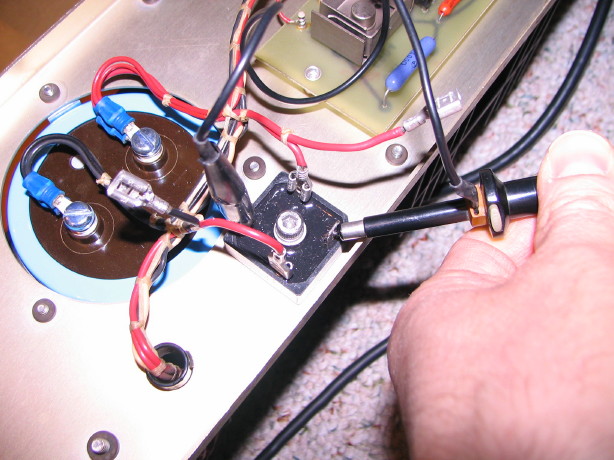
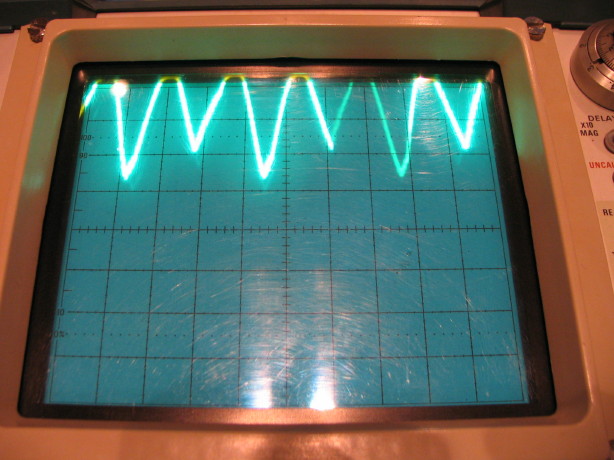
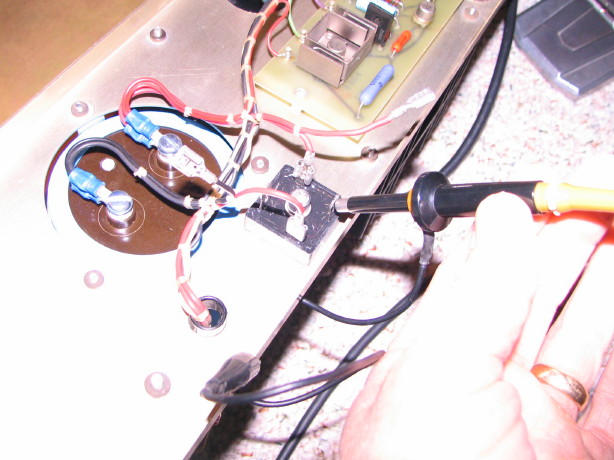
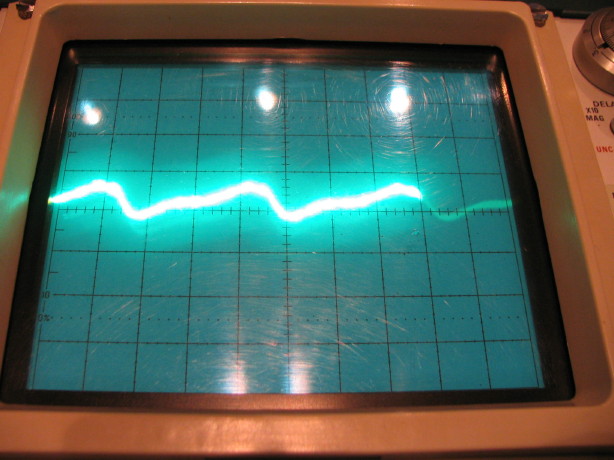
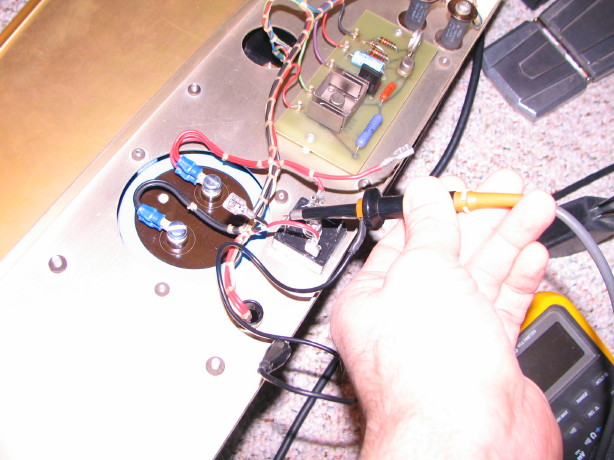
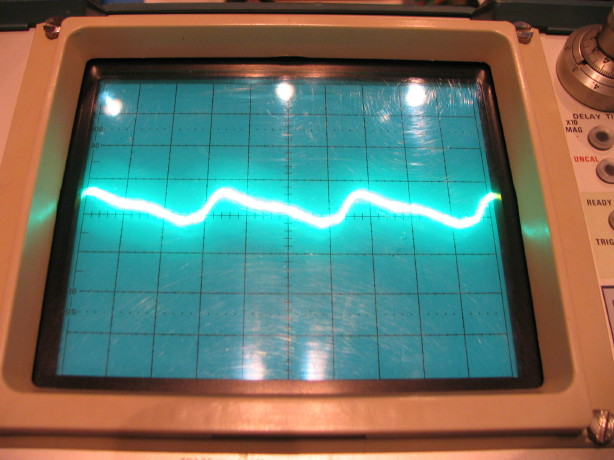
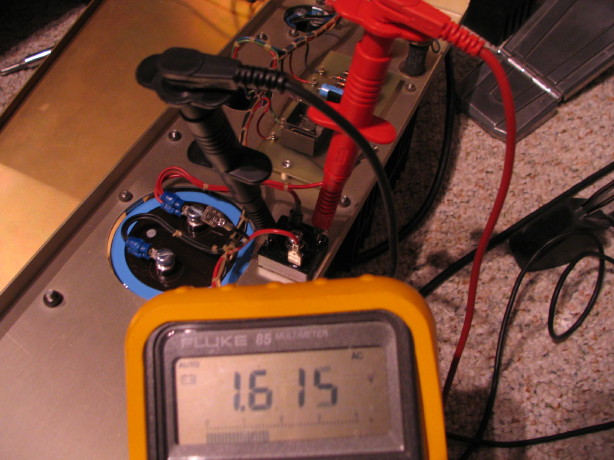


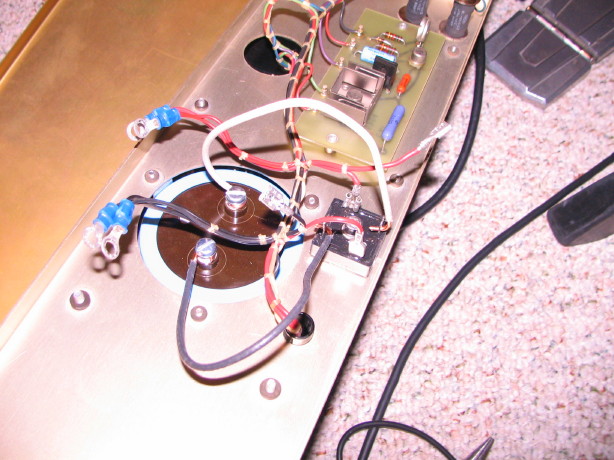
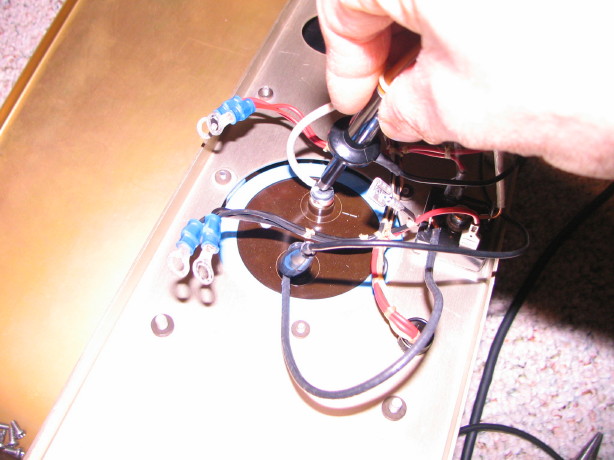

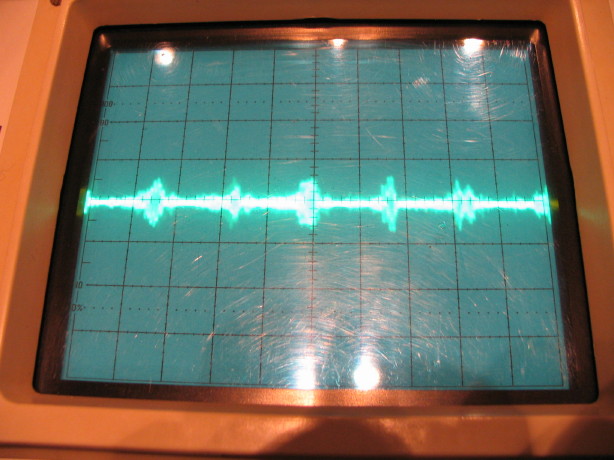
 (i.e. the rectifier output DC waveform looks like a bunch of shark's teeth, and there is still about 1.5VAC passing the rectifier...)
(i.e. the rectifier output DC waveform looks like a bunch of shark's teeth, and there is still about 1.5VAC passing the rectifier...)